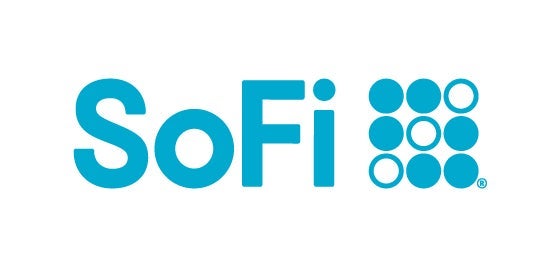Charles Schwab and Fidelity are leaders in trading platforms.
Charles Schwab clients can manage their investments via top-rated mobile apps, a user-friendly web browser interface, and its robust trading platform, thinkorswim. Thinkorswim works on desktop or mobile. It was adopted from TD Ameritrade when that brokerage was acquired by Charles Schwab. StreetSmart Edge is being phased out, but Charles Schwab integrated the best features of both platforms. So if you used and still love StreetSmart Edge, your favorite features should still be available. Every Charles Schwab customer gets full access to the thinkorswim platform, regardless of how much you trade or your account balance.
Charles Schwab says that thinkorswim gives you "the power to go deeper." You can tailor your workspace to prioritize the information that matters most to you and get on-demand educational content. Using the advanced charting features could help you visualize your various holdings and your overall investment picture. There's an all-in-one trade ticket that simplifies the trading process and allows frictionless transactions. Insights and education are built in, letting you view expert commentary and live news "without taking your eyes off your trading." All of this could make it easier to stay on top of your investments. The technology works on mobile devices, so you can stay connected to the market and buy and sell from anywhere your phone has a signal.
Fidelity also offers a full suite of trading tools. All clients get access to their accounts via a web browser interface, mobile apps, and Fidelity's desktop platform, Active Trader Pro. Active Trader Pro lets you personalize your workspace so you can focus on the investment data that's most important to you. You can also access custom charting tools and real-time news.
The right trading platform is ultimately a personal decision, but since neither broker has a minimum investment, you can easily explore Charles Schwab and Fidelity and choose the interface that feels like the best fit.
Charles Schwab vs. Fidelity: International stocks and ADRs
Fidelity and Charles Schwab are well matched when it comes to trading foreign stocks. Both allow you to buy American depositary receipts (ADRs). ADRs are shares of foreign stocks, but with domestic tickers. Charles Schwab and Fidelity also give you the ability to place trades on overseas markets by logging into your online account.
It's easy to trade international stocks on either platform. Charles Schwab's Global Account gives you access to 12 foreign markets, with real-time quotes and multi-currency reporting. There is no account or trade minimum.
Fidelity customers can tap into even more markets, trading in 25 countries and exchanging between 16 currencies.
Both platforms remove some potential barriers to global investing -- they both provide real-time market data and access to international trading specialists. Timely information and professional guidance are key to investing with confidence.
Charles Schwab vs. Fidelity: Research reports and news
Both brokerages offer low costs and excellent research tools.
Charles Schwab and Fidelity, customers get access to independent third-party research providers for individual stocks, proprietary research reports, and U.S. stock market analysis
This is an important benefit. Not all online discount brokerages offer proprietary research. In-house analysis and commentary are significant expenses that smaller outfits might struggle to justify. Investors who count on in-depth research can get their needs met well by either Fidelity or Charles Schwab.
Top online brokerage: Charles Schwab vs. Fidelity
Charles Schwab and Fidelity are firmly on most lists of top online brokerages. The choice will ultimately depend on the features that are most important to you, and whether one has an interface you prefer over the other.
Charles Schwab and Fidelity both offer zero-commission stock trading for investors at all levels, and robust functionality for those who are advanced or who want to enrich their investing experience. Both brokerages offer a range of free and fee-based guidance. Both allow clients to trade on international stock markets. Both offer reports, custom charts, research tools, and mobile apps. Fidelity and Charles Schwab are great options. Because Charles Schwab and Fidelity both make it easy to become a client, there's nothing to lose by trying one or both, to get a sense for how much you like each platform.
![Kimberly Rotter, AFC®]()





